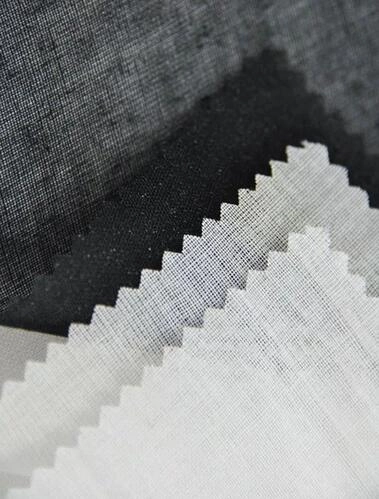Tricot Interlining is a quintessential cloth to have handy for garment production and tailoring projects, whether or not knitted fabric needs lightweight fusible interlining or lightweight wovens requiring lightweight interlining. Tricot offers body to the cloth while still final soft and malleable enough for comfortable sporting experiences.
There are various kinds of interlining, each designed for specific uses. Some types are constructed out of cotton, nylon, polyester, and other fabric whilst others combine woven and non-woven substances. Many interlinings offer moisture-wicking residences even as some even come geared up with anti-crease properties - perfect for developing garments that should keep their shape through the years.
Many humans may be unaware that their cloth garment is normally supported by way of an inner layer of interlining, especially fashion garb, where this performs a vital part in developing its overall look. Lining can offer support to the hemline of attire or blouses so they do not lose shape over time, whilst including the shape of necklines or shoulders of coats or jackets; moreover, in positive times a lining could make delicate fabric like silk more long-lasting than ever!
Fusible tricot knit interlining, a product of 100% polyester, is a really popular type of interlining used with knit and woven fabrics alike. This light-weight to medium-weight interfacing comes in diverse shades and sizes to deal with diverse garment patterns even as ultimately soft and flexible for wearer consolation. Simply fuse the use of your heat press device on wool putting without the worry of transferring while fused, as its useable residences make certain no transferring while being fused!
Other forms of interlining encompass dry dot coatings made with powdered resin applied in dots onto fabric before being placed in an oven and heated at temperature, where its temperature fuses them collectively and bonds them completely to it. There are generally three to twelve dots in step with cm on this sort of lined interlining, and its molecular size varies according to the material being covered. Though more difficult to scrub at decreased temperatures and higher strain settings.
Selecting the perfect form of interlining could make or break an undertaking. A nylon or polyester tricot interlining does now not reduce whilst washed but is unsuitable for linen fabrics. Some interlinings are even flammable at the same time as others require careful handling because of their thickness or density; others even come with unique care commands that ought to be abided via, like no longer putting them in a dryer or cleaning them using certain chemical substances.

